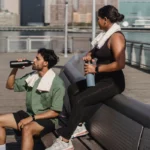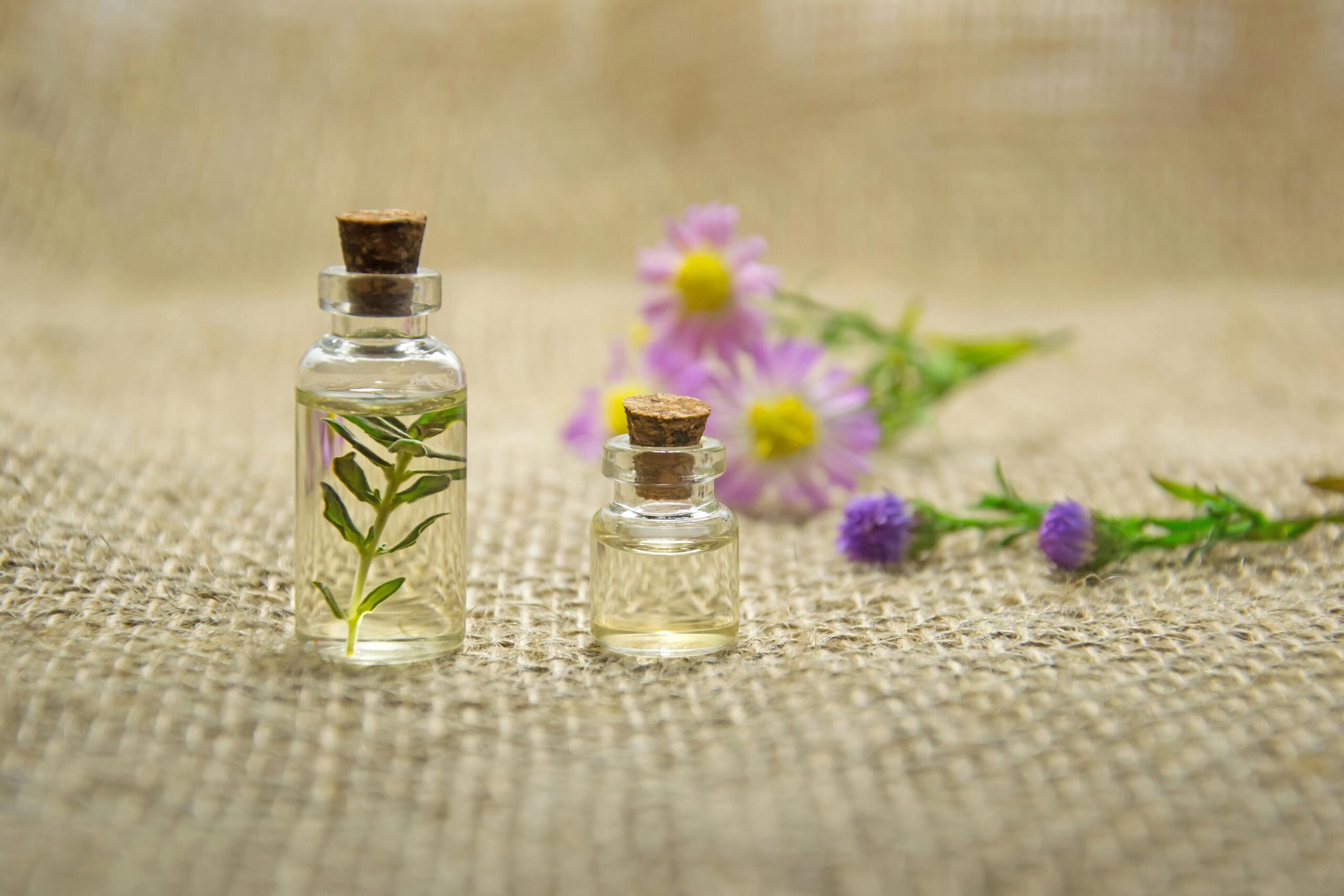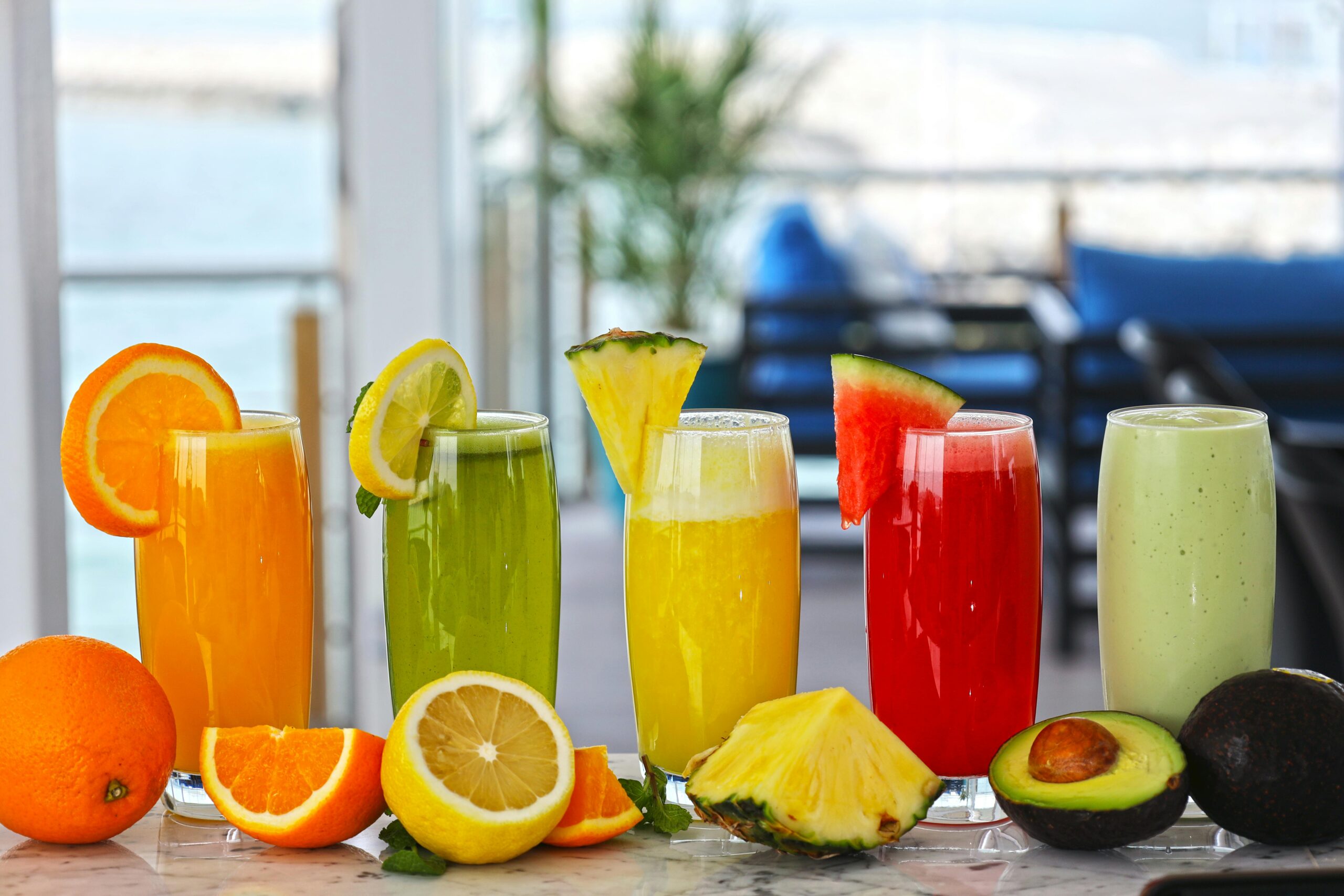You’re standing in the beauty aisle, holding that gorgeous new foundation you’ve been eyeing for weeks. The packaging screams “natural” and “gentle,” but there’s that nagging question in the back of your mind: Was this tested on animals?
I get it. We live in an age where being conscious about our choices matters more than ever. The beauty industry has come a long way, but navigating the maze of animal-testing-free cosmetics can still feel like trying to solve a Rubik’s Cube blindfolded.
Here’s the thing: I’ve been down this rabbit hole more times than I care to admit. Between deciphering confusing labels and falling for misleading marketing claims, I’ve learned that identifying truly cruelty-free cosmetics requires more detective work than you’d expect. But don’t worry, I’m here to share everything I’ve discovered so you can shop with confidence and a clear conscience.
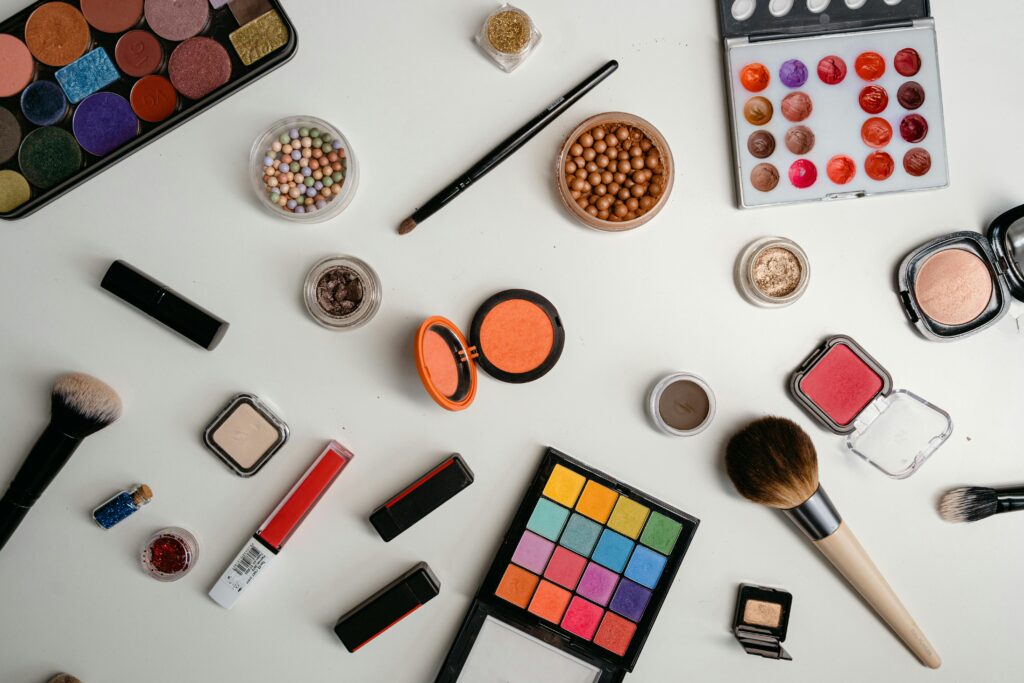
.The Real Deal: What “Animal-Testing-Free” Actually Means
Let’s cut through the marketing fluff and get to the heart of what cruelty-free cosmetics mean. When a product claims to be animal-testing-free, it should mean that neither the final product nor its ingredients have been tested on animals at any stage of development.
But here’s where it gets tricky: the beauty industry isn’t exactly known for its transparency. Some brands might claim their finished product wasn’t tested on animals while conveniently omitting that their ingredient suppliers still conduct animal testing. It’s like saying you didn’t eat the cake while ignoring the fact that you licked the spoon clean.
The Global Landscape of Animal Testing
The regulatory landscape varies dramatically worldwide. The European Union banned animal testing for cosmetics back in 2013, a move that sent ripples through the global beauty industry. Meanwhile, certain markets like China have historically required animal testing for imported cosmetics, though this is slowly changing.
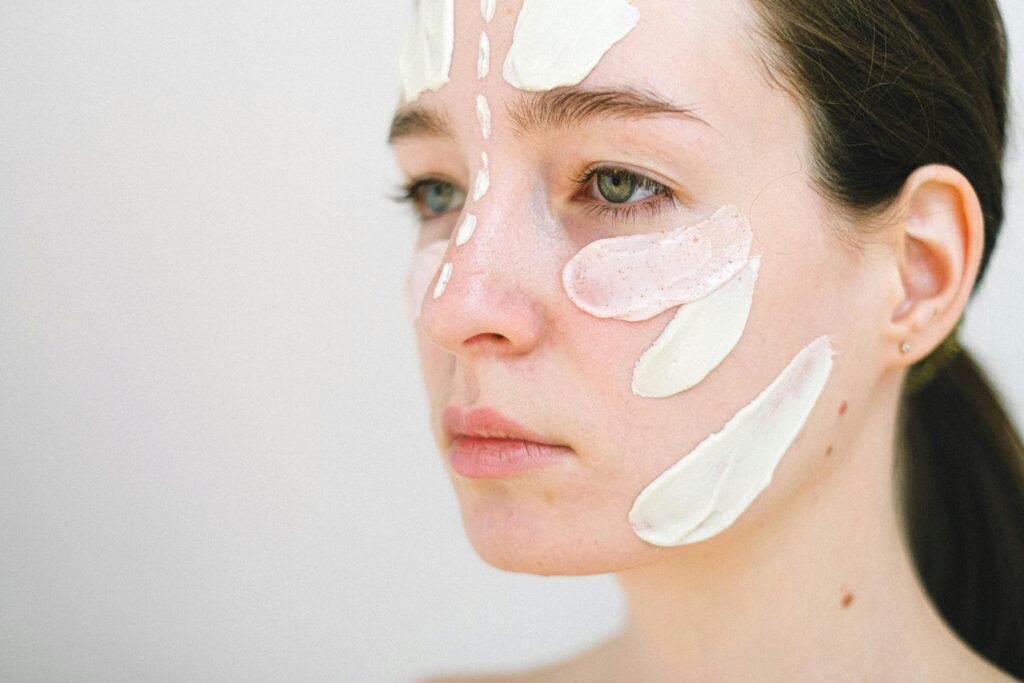
Understanding these nuances is crucial because a brand might be cruelty-free in one market but not in another. It’s not black and white, which makes your job as a conscious consumer that much more challenging.
1. Master the Art of Label Reading
Reading cosmetic labels is like learning a new language, one that companies sometimes deliberately make confusing. I’ve spent countless hours squinting at tiny print, and I’ve learned that the devil is truly in the details.
The Good, The Bad, and The Misleading
Look for these legitimate phrases:
- “Cruelty-Free”
- “Not tested on animals”
- “No animal testing”
- “Against animal testing”
Be wary of vague language like:
- “We don’t test on animals” (but suppliers might)
- “Finished product not tested on animals” (ingredients might be)
- “No animal testing unless required by law” (major red flag)
The last one is particularly sneaky. It’s essentially saying, “We’re cruelty-free when convenient, but we’ll test on animals if it helps our bottom line.” Not exactly the ethical stance you’re looking for, right?
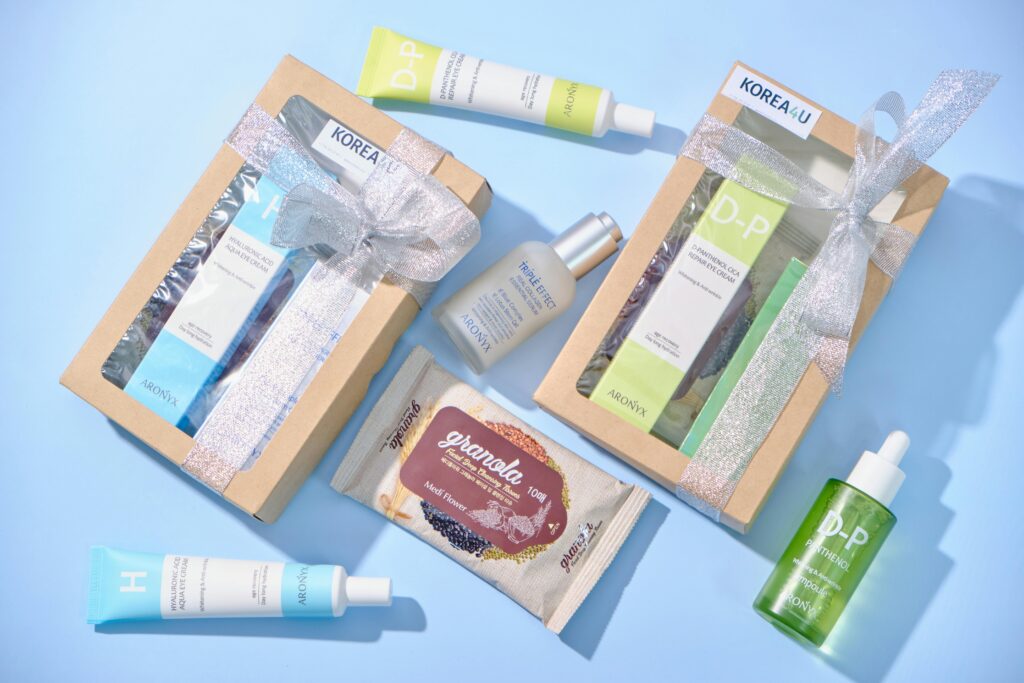
2. Trust the Gold Standard: Third-Party Certifications
This is where the real magic happens. Third-party certifications are like having a trusted friend vouch for a brand’s ethical practices. They do the heavy lifting of investigating supply chains and monitoring ongoing compliance.
Leaping Bunny: The Ultimate Seal of Approval
The Leaping Bunny certification is widely considered the gold standard in cruelty-free verification. These folks don’t mess around; they require companies to sign a pledge, monitor their supply chains, and undergo regular audits.
When I see that adorable bunny logo, I know I can trust the product completely. It’s like having a personal ethical advisor right there on the packaging.
PETA’s Beauty Without Bunnies Program
PETA cruelty-free certified products are another reliable option. While their standards are slightly different from Leaping Bunny, they maintain a comprehensive database of cruelty-free companies that’s constantly updated.
| Certification | Requirements | Monitoring | Database Access |
| Leaping Bunny | Signed pledge, supply chain monitoring | Regular audits | Yes, online |
| PETA Beauty Without Bunnies | Company declaration | Self-reported updates | Yes, comprehensive |
| Choose Cruelty Free (CCF) | Australian/NZ focused | Annual renewals | Yes, regional |
3. Do Your Digital Detective Work
The internet is your best friend when it comes to verifying animal-friendly cosmetics. I’ve bookmarked more cruelty-free databases than I care to admit, and honestly, it’s become a bit of an obsession.
Essential Online Resources
Official certification websites:
- LeapingBunny.org
- PETA.org/living/personal-care-fashion/beauty-without-bunnies/
- ChooseCrueltyFree.org.au (for Australian brands)
Trusted beauty blogs and databases:
- Cruelty-Free Kitty
- Ethical Elephant
- Logical Harmony
These resources are constantly updated and often include detailed brand investigations. I’ve discovered some amazing cruelty-free makeup brands through these sites that I never would have found otherwise.
Red Flags to Watch For
Sometimes, what a company doesn’t say is just as telling as what they do say. If a brand’s website has no mention of animal testing, that’s usually not a good sign. Truly cruelty-free companies are proud of their ethical stance and make it prominent.
Also, be suspicious of brands that only became “cruelty-free” recently without any explanation. Did they genuinely change their practices, or are they just jumping on the trend bandwagon?
4. Understand the Parent Company Dilemma
Here’s where things get morally complex. Some genuinely cruelty-free brands are owned by parent companies that still test on animals. It’s like discovering your favorite ethical coffee shop is owned by a corporation that clear-cuts rainforests.
The Personal Choice Factor
This is where you need to decide what feels right for you. Some consumers avoid any brand with ties to animal testing, even if the specific product line is cruelty-free. Others focus solely on the individual brand’s practices.
I tend to fall somewhere in the middle. I’ll support a cruelty-free brand even if its parent company isn’t perfect, especially if that support might influence broader corporate policies. But I completely understand the all-or-nothing approach too.
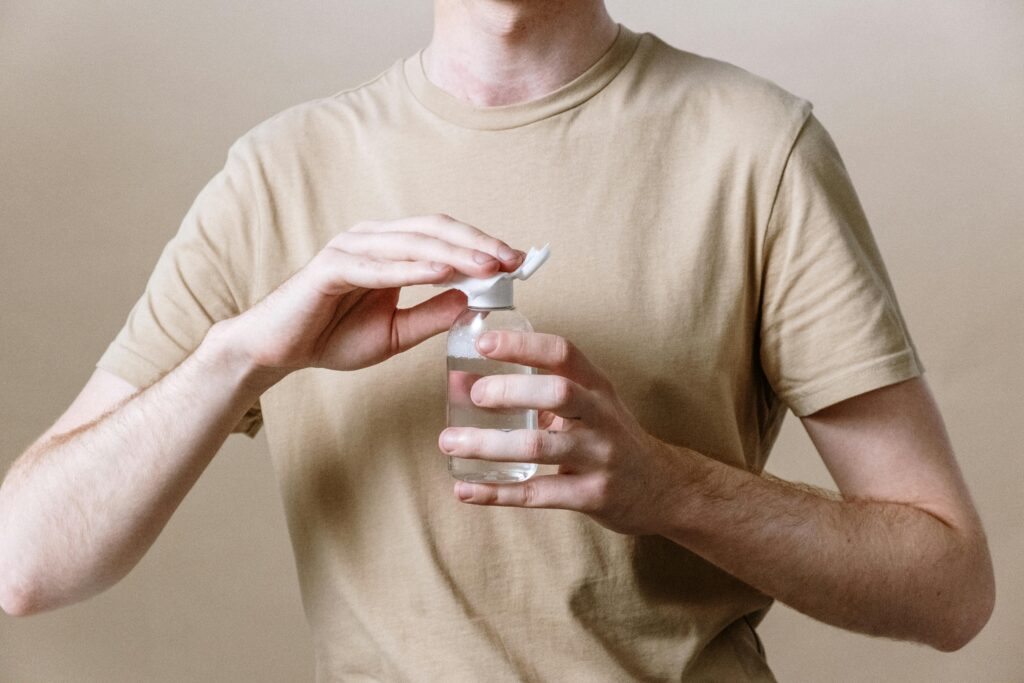
5. Learn the Science Behind Cruelty-Free Testing
The beauty industry has made incredible strides in developing alternatives to animal testing for cosmetics. These methods are often more accurate, faster, and more humane than traditional animal testing.
Modern Testing Alternatives
In vitro testing: Uses human cells and tissues grown in laboratories. It’s like creating a tiny human skin sample that can tell us everything we need to know about safety and efficacy.
Computer modeling: Advanced algorithms can predict how ingredients will behave based on existing data. It’s artificial intelligence helping us make more ethical choices.
3D tissue models: Scientists can now create three-dimensional human tissue models that respond to cosmetic ingredients just like real skin would.
The science is fascinating and constantly evolving. These methods often provide more relevant data than animal testing ever could because they’re based on human biology rather than trying to extrapolate from other species.
6. Navigate Regional Regulations Like a Pro
Understanding global regulations helps you make informed choices, especially when shopping internationally or considering imported brands.
The Progressive Leaders
The European Union led the charge with its comprehensive ban, followed by countries like India, Israel, and Norway. These markets have forced brands to innovate and find alternatives.
The Changing Landscape in China
China’s cosmetic regulations have been evolving rapidly. While they historically required animal testing for imported cosmetics, recent changes allow certain products to enter the market without animal testing. However, the rules are complex and constantly changing.
If a brand sells in mainland China, it’s worth investigating their specific situation rather than making blanket assumptions.
7. Spot the Fakes: Common Greenwashing Tactics
The beauty industry loves a good marketing buzzword, and unfortunately, some companies use cruelty-free language without the substance to back it up. It’s like putting a “healthy” label on candy – technically legal but misleading.
Classic Greenwashing Red Flags
Vague timestamp language: “We haven’t tested on animals since [recent date]” without explaining what changed or why they were testing before.
Selective disclosure: Only mentioning their testing while ignoring supplier practices.
Confusing vegan with cruelty-free: While these often overlap, they’re not the same thing. A product can be vegan (no animal-derived ingredients) but still be tested on animals.
The Fine Print Matters
I’ve learned to read ingredient lists and company policies with the same scrutiny I’d apply to a legal contract. Companies know most consumers won’t dig deep, so they often hide the truth in obscure website sections or fine print.
8. Build Your Trusted Brand Arsenal
Once you’ve mastered the art of identification, it’s time to build your go-to list of reliable brands. I’ve personally tested many of these products and can vouch for both their ethics and quality.
Foundation and Base Makeup
Too Faced Better Than Sex Mascara has been my ride-or-die for years. It’s PETA certified and delivers the dramatic lashes I crave without any ethical compromises.
Pacifica Beauty Alight Multi-Mineral Foundation offers excellent coverage with Leaping Bunny certification. The mineral formula works beautifully on my sensitive skin.
Tarte Shape Tape Concealer is a cult favorite for good reason – high coverage, cruelty-free, and available in an impressive shade range.
Skincare Heroes
The Body Shop Vitamin E Moisture Cream is a classic for a reason. Their commitment to cruelty-free practices goes back decades, and their products consistently deliver.
Herbivore Botanicals Blue Tansy Mask has transformed my skin routine. The natural, vegan formula is gentle yet effective.
Biossance Squalane + Vitamin C Rose Oil combines ethical practices with cutting-edge skincare science. It’s become an essential part of my evening routine.
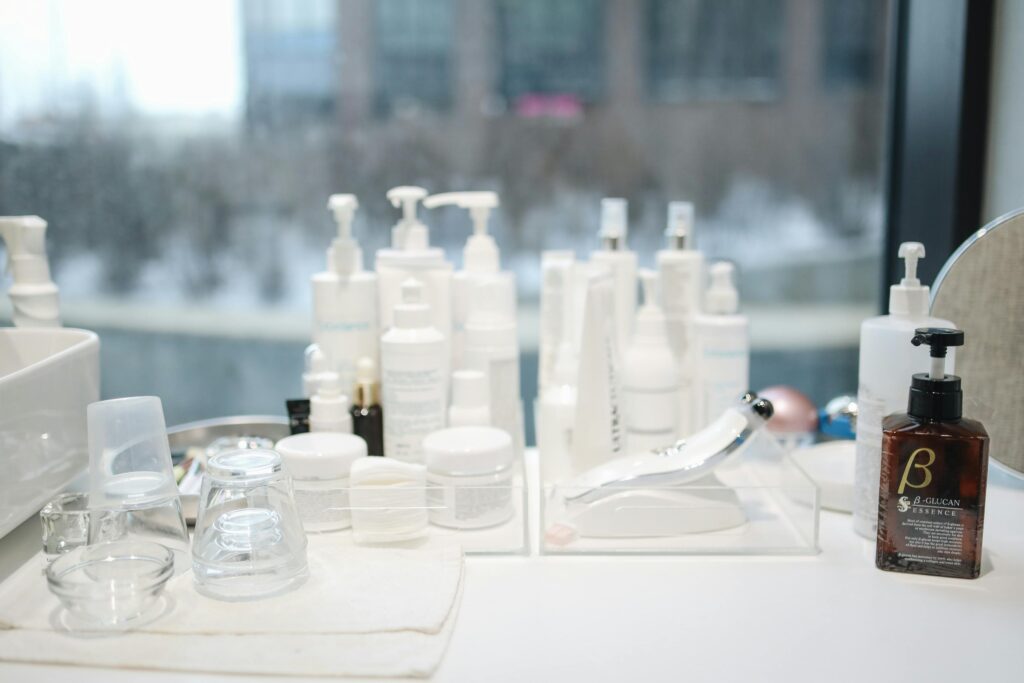
Budget-Friendly Options
E.L.F. Cosmetics proves that ethical beauty doesn’t have to break the bank. Their entire line is cruelty-free and vegan, with prices that make building a complete makeup collection affordable.
| Product Category | Recommended Brand | Certification | Price Range |
| Foundation | Pacifica Beauty | Leaping Bunny | |
| Mascara | Too Faced | PETA Certified | |
| Skincare | The Body Shop | Leaping Bunny | |
| Budget Option | E.L.F. Cosmetics | PETA Certified | |
| Luxury Option | Urban Decay | Leaping Bunny |
9. Master the Art of Verification
Verification is an ongoing process, not a one-time check. Brands can change their practices, be acquired by different companies, or update their policies. I make it a habit to periodically review my favorite brands’ status.
Your Verification Checklist
✓ Check official certification databases ✓ Review the brand’s website policy ✓ Look for recent news or policy changes ✓ Cross-reference multiple sources ✓ When in doubt, contact the company directly
The last point is crucial. I’ve had enlightening conversations with customer service representatives who provided details not available on websites. Most genuinely cruelty-free companies are happy to discuss their ethical practices.
Stay Updated on Industry Changes
The beauty industry evolves rapidly. New brands emerge, existing companies change policies, and regulations shift. Following trusted cruelty-free bloggers and subscribing to updates from certification organizations helps you stay informed.

10. Address Common Concerns and Myths
Let’s tackle some persistent myths that might be holding you back from making the switch to cruelty-free cosmetics.
“Cruelty-Free Products Aren’t as Safe”
This is completely false. Modern testing alternatives often provide more accurate safety data than animal testing ever could. Human cell cultures react more like actual human skin than animal models do.
“They Don’t Work as Well”
Having used both conventional and cruelty-free products extensively, I can confidently say this isn’t true. Some of my best-performing products are cruelty-free. The Cover FX Custom Enhancer Drops give me a glow that rivals any high-end highlighter, and KVD Vegan Beauty Tattoo Liner creates the sharpest lines I’ve ever achieved.
“They’re Too Expensive”
While some cruelty-free brands are premium-priced, there are excellent, affordable options. Alba Botanica Hawaiian Facial Sunscreen costs less than most conventional sunscreens while offering superior protection and ethical peace of mind.
Special Considerations for Sensitive Skin
If you have sensitive skin like I do, cruelty-free products often work better because many brands focus on gentle, natural ingredients. Dr. Hauschka Rose Day Cream has been gentler on my reactive skin than any conventional moisturizer I’ve tried.
The Future is Bright (and Cruelty-Free)
The momentum behind cruelty-free cosmetics continues to build. Consumer demand is driving innovation, and brands are responding with increasingly sophisticated products that prove ethics and effectiveness go hand in hand.
Emerging Trends to Watch
Sustainable packaging: Brands like Pacifica Beauty are combining cruelty-free practices with eco-friendly packaging, addressing multiple ethical concerns simultaneously.
Transparent supply chains: More companies are providing detailed information about their ingredient sourcing and manufacturing processes.
Advanced testing methods: The science behind cruelty-free testing continues to evolve, making animal testing increasingly obsolete.
Your Role in the Movement
Every purchase is a vote for the kind of beauty industry you want to support. By choosing cruelty-free products, you’re not just avoiding harm, you’re actively supporting innovation and ethical business practices.

Take Action: Your Cruelty-Free Beauty Journey Starts Now
Making the switch to animal-testing-free cosmetics doesn’t have to be overwhelming. Start with one product category, maybe replace your foundation or mascara first and gradually build your cruelty-free collection.
Your Next Steps
- Audit your current collection – Check which products you already own that are cruelty-free
- Choose one certification to focus on initially (I recommend starting with Leaping Bunny)
- Replace products gradually as you run out of your current ones
- Join online communities of cruelty-free beauty enthusiasts for support and recommendations
- Share your journey with friends who might be interested in making ethical switches
Final Thoughts
Identifying truly animal-testing-free cosmetics has become second nature to me, but I remember how overwhelming it felt initially. The key is to start somewhere and gradually build your knowledge and collection.
You don’t have to sacrifice quality, effectiveness, or style to make ethical choices. I’ve discovered some of my favorite products by exploring cruelty-free options. Brands like Fenty Beauty, Youth To The People, and The Inkey List have revolutionized my beauty routine while aligning with my values.
The beauty industry is listening to consumers like us who demand better. Every time you choose a cruelty-free product, you’re contributing to a more compassionate future where beauty truly doesn’t require suffering.
Ready to make your next beauty purchase a cruelty-free one? Your skin and countless animals will thank you for it.
Have you made the switch to cruelty-free cosmetics? Share your favorite discoveries in the comments below, and don’t forget to bookmark this guide for your next shopping trip. Together, we can make ethical beauty the new standard.




